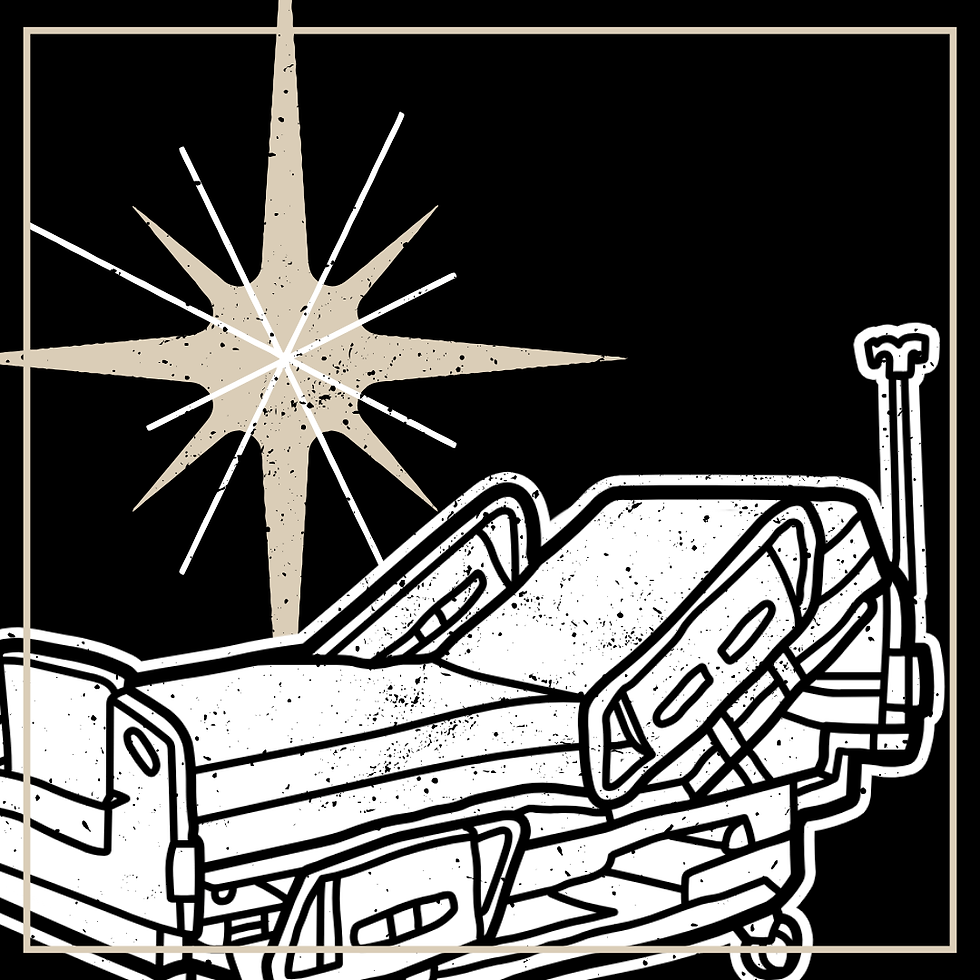Christ Pantocrator, partially described
- solidfoodpress
- Aug 6, 2023
- 3 min read
Updated: Aug 9, 2023
By Joseph Teti

Ekphrastic essay in pentameter
I
Chiasmus is the language taken up
within this sacred image. So the cross
invisibly divides the left and right,
the top and bottom areas for us,
but also binds them all thematically.
II
So too the cosmos, as Isaiah told,
and John, exiled to Patmos, saw in dreams,
is recognized in multiplicity,
though nature bursts with resurrection-fruit—
the cycles of the seasons, death and life—
III
And as the form, we are convicted—faith
within the soul takes up the cross to be
her wedding garment, banner, and her shroud,
giving her wanderings a steep, clear path,
turning, ascending from the depths of sin.
IV
Christ’s lovely face, full of merciful joy,
by its illumination is the crux
of this dim image. Well the artist knew
we’d struggle, seeing only partially,
one aspect at a time.
But soon we will
V
see our belovéd face-to-face in heaven.
He seems about to laugh, perhaps at some
inside joke shared with us—word at the heart—
or maybe just at seeing us; perhaps
it’s been a long time since we last communed.
VI
His neck, bared intimately for us shows
how He reveals himself for us to know
things hidden since the founding of the world:
His neck crosses the bottom from the top—
the incarnation signed with flesh and light.
VII
The upper half then, is eternity,
the lower half is time. The top, light-filled,
symbolic in its idiom, contrasts
with darknesses and realism below.
Three buildings on each side divide the two.
VIII
In iron-silver-bronze order they show
by one side Old Jerusalem, which Christ
triumphant marches out from; by the other,
the New Jerusalem, which Christ exceeds
to save, as Father’s Image, fallen sons.
IX
Three buildings of the old city reveal
our three core sins: lust of the flesh, and eyes,
and pride of life. These juxtapose with love,
and faith, and hope—the Trinity in us.
How lovely is Your dwelling place, O Lord!
X
The lower half—the darkness of the Earth,
portrayed with swirling vortex brushstrokes—yet
it also is Christ’s cloak! A seamless cloth
which covers naked sin far better than
the natural, fig-leaf clothes which served before.
XI
Christ leaving old Jerusalem, and this,
teach us that our ascent is in descent;
this lesson also lives in Christ’s dark cloak:
here, nature is the tassel grasped with faith—
the world and we are ours in Christ’s fierce love!
XII
Two hands emerge like anchors in those depths,
or spirits hovering upon the void;
the right, on mercy’s side, is teaching’s hand;
the left, the scriptures, representing law
which corresponds to justice in Christ’s face.
XIII
The hand of mercy, swooshing down and out
to give us help, is backed up by law: the strip
of color just above the hand the same
shade as the scriptures; yet the book is held
up and in by a hand. They co-exist.
XIV
The law, then, drags us closer to our Lord,
while works and mercies are his saving help,
and they are one. The Church teaches the law,
and law commands the laborers—these gifts,
extensions of Christ’s countenance on Earth!
XV
The numbers on the book hide many sights.
Suffice to say the cross is centered there,
surrounded by a cloud of witnesses,
his court—the twelve apostles, first among
these legions not of Earth, as Pilate knew.
XVI
Return then to the upper half and see
that heaven is the gaze of Christ on us
and our returning gaze. And are we not
ourselves juxtaposed and united with
our lovely Christ by searching for his face?
Image from World History Encyclopedia



